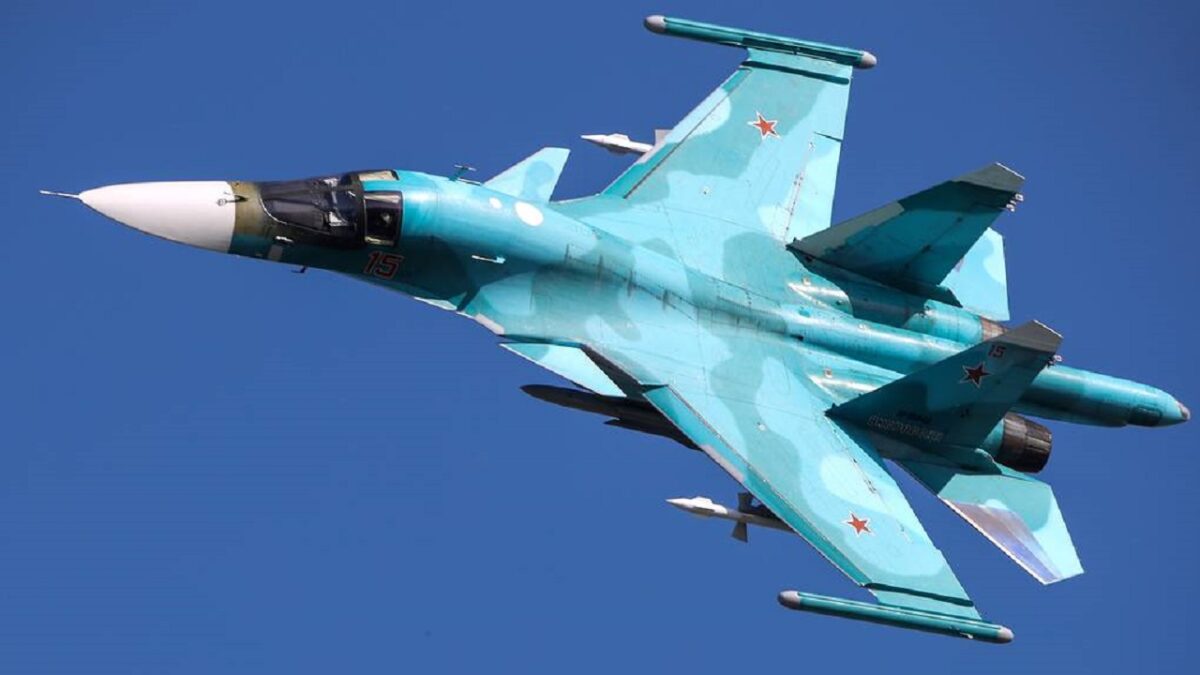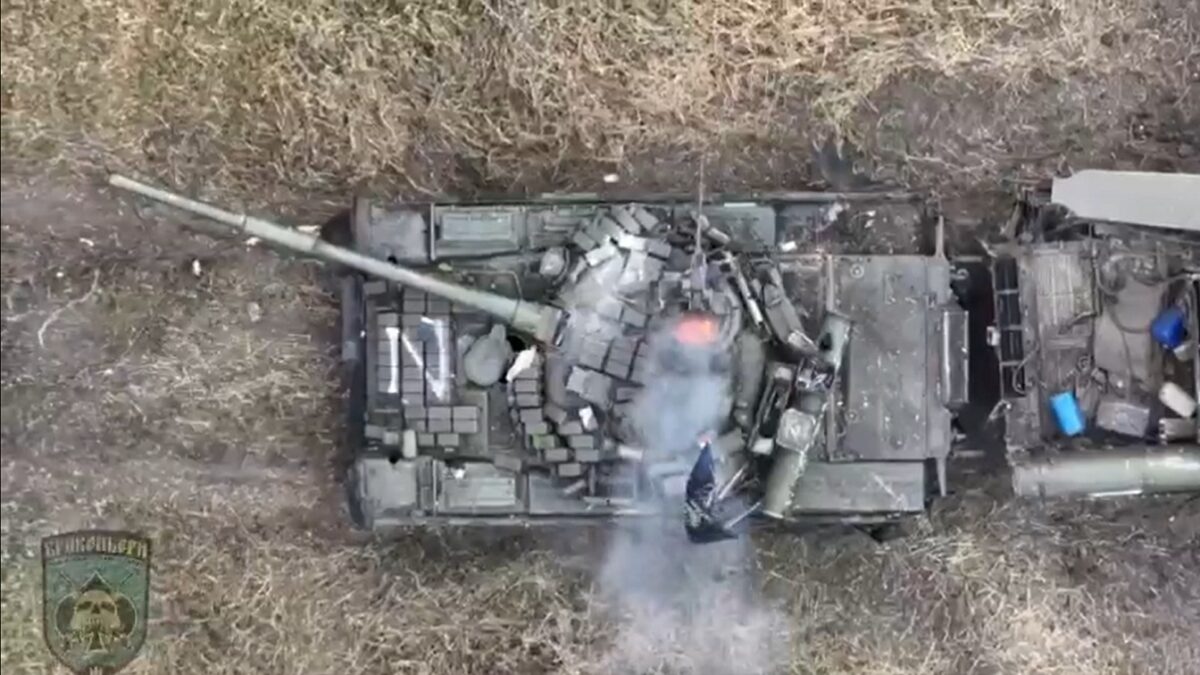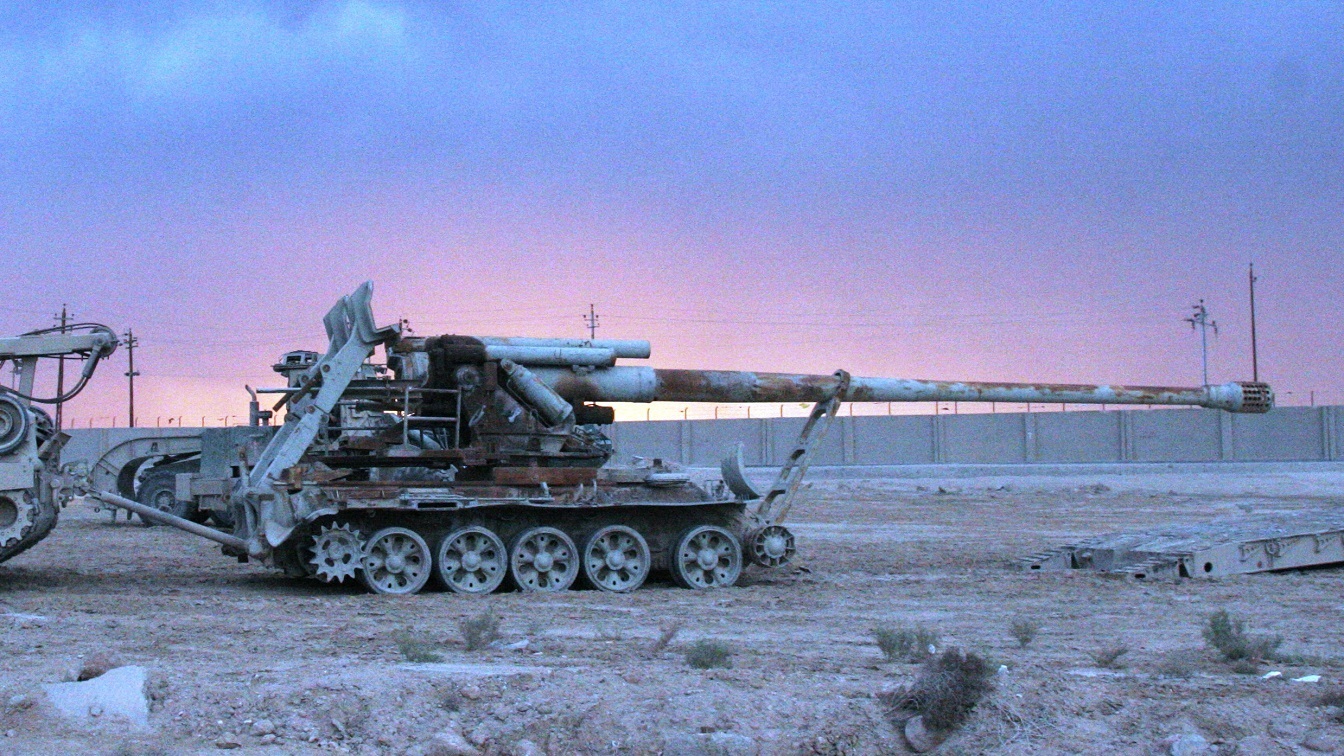Russia: The New North Korea? As of last week, the Kremlin has reportedly lost more than 18,000 units of equipment – including tanks, armored personnel carriers, military vessels, combat aircraft, and large artillery – since it launched its unprovoked and ill-fated invasion in February. The losses are the greatest a military power has seen destroyed or captured since the Second World War.
Russian forces are believed to have seen more than 420 troops killed in the past week, while six tanks and seven APCs were destroyed. In total, nearly 2,900 Russian tanks have been destroyed or captured, along with more than 5,800 APCs.
Earlier this month, the Kremlin also lost 24 tanks and 800 men in a single day as its defense of Kherson crumbled. During the week-long fighting for the city, Russian forces saw 2,600 soldiers killed. The Russian death toll since the start of the full-scale invasion is believed to have surpassed 83,000.
By contrast, Moscow had lost around 15,000 soldiers during its nearly decade-long war in Afghanistan, and even greater than the 58,220 U.S. soldiers killed in Vietnam.
The Financial Cost of the Ukraine War
It isn’t just the human toll that is so shockingly high. In August, it was reported that the war was costing Moscow around $1 billion a day, and that figure has likely only increased.
On Monday, it was reported that Russia had borrowed £11.4 billion ($13.4 billion) in its largest-ever debt issuance in a single day. Moscow raised the money by issuing new debt bonds over the weekend to help fund the ongoing conflict and to raise as much cash as possible before the conditions worsen and the costs go up.
Russia’s military budget is expected to be about 40 percent higher than forecast for next year. Replacing the massive losses isn’t going to come cheap.
At the same time, Russia’s economy officially entered recession last week, shrinking by 4.1 percent in the second quarter of this year, followed by a four percent decline in the third quarter. Even as the sale of oil and gasoline – after prices shot up after the war broke out – have kept the country afloat, Russia is now facing an embargo by the U.S. and EU, and revenues are expected to shrink in 2023.
Russia’s economy is expected to fall by 4.6 percent over the course of the year. This will be Moscow’s second recession in three years. Though not as bad as the recession Moscow faced during the Covid-19 pandemic, it isn’t as clear how Russia will come out of it – especially as the likelihood of Russia quickly restoring global trading relationships even after the war is ended is remote at best.
The U.S. Cost of the War
Even as some U.S. lawmakers have sought to reduce the amount of money sent to aid Ukraine, the Center for European Policy Analysis (CEPA) has described the costs to defeat Russia as “peanuts” for the United States and its allies.
As the report noted, the Biden administration has to date, received Congressional approval for $40bn in aid for Ukraine for 2022, while it has requested an additional $37.7bn for 2022.
More than half of that aid has been earmarked for defense.

Su-34 fighter. Image Credit: Russian Government.
“These sums pale into insignificance when set against a total US defense budget of $715bn for 2022,” CEPA stated. “The assistance represents 5.6% of total US defense spending. But Russia is a primary adversary of the US, a top tier rival not too far behind China, its number one strategic challenger. In cold, geopolitical terms, this war provides a prime opportunity for the US to erode and degrade Russia’s conventional defense capability, with no boots on the ground and little risk to US lives.”
Simply put – again in cold, geopolitical terms – the war is destroying Russia so that it really can’t be described as a “near-peer” adversary, apart from its nuclear capabilities.
Russia is isolated, broke, and relying on antiquated equipment. This war has destroyed the Kremlin in a way that even President Ronald Reagan’s spending in the 1980s failed to beat down the Soviet Union. At best, Moscow will be the capital of another Hermit Kingdom – one that was created due to a failed effort to restore former glory.

A Russian tank under attack by a drone from Ukraine. Image Credit: YouTube/Ukrainian military.
It is just too bad that Ukraine’s people had to pay to ensure that America won’t need to fear the Russian bear for at least another generation.
A Senior Editor for 19FortyFive, Peter Suciu is a Michigan-based writer. He has contributed to more than four dozen magazines, newspapers, and websites with over 3,000 published pieces over a twenty-year career in journalism. He regularly writes about military hardware, firearms history, cybersecurity, and international affairs. Peter is also a Contributing Writer for Forbes and Clearance Jobs. You can follow him on Twitter: @PeterSuciu.

